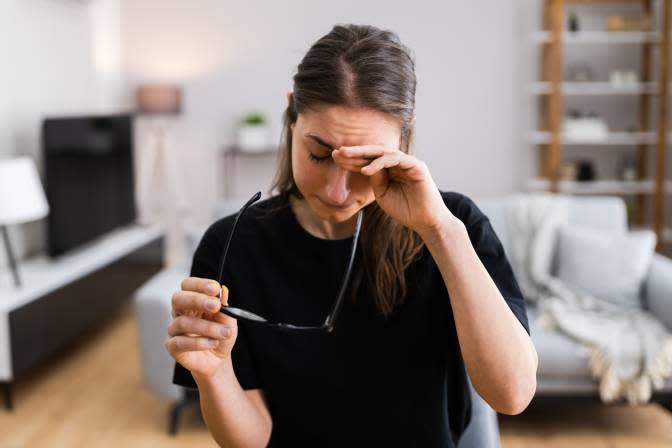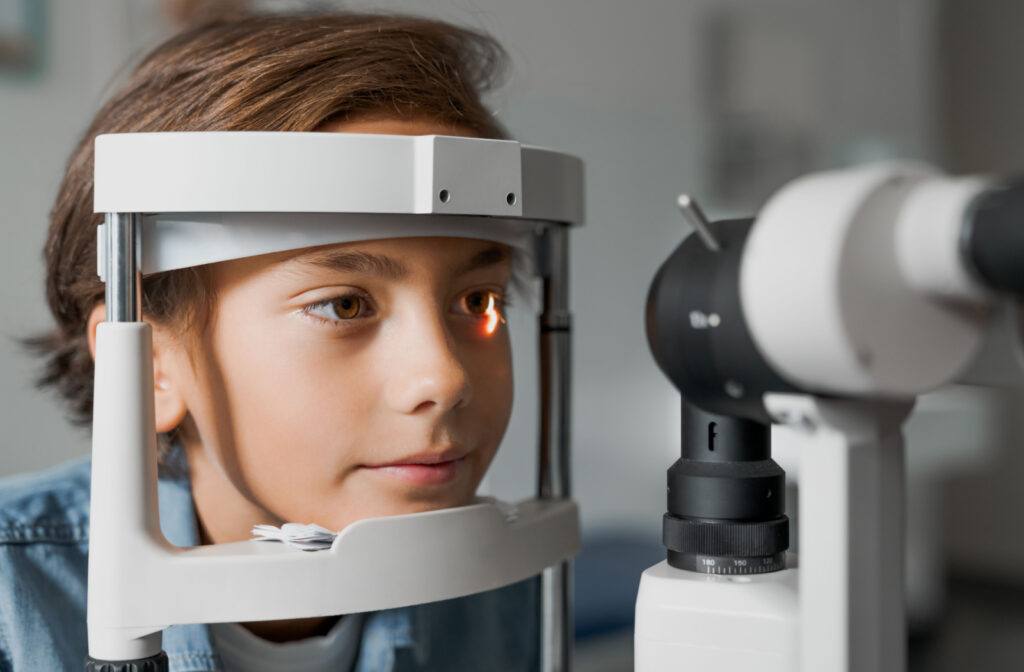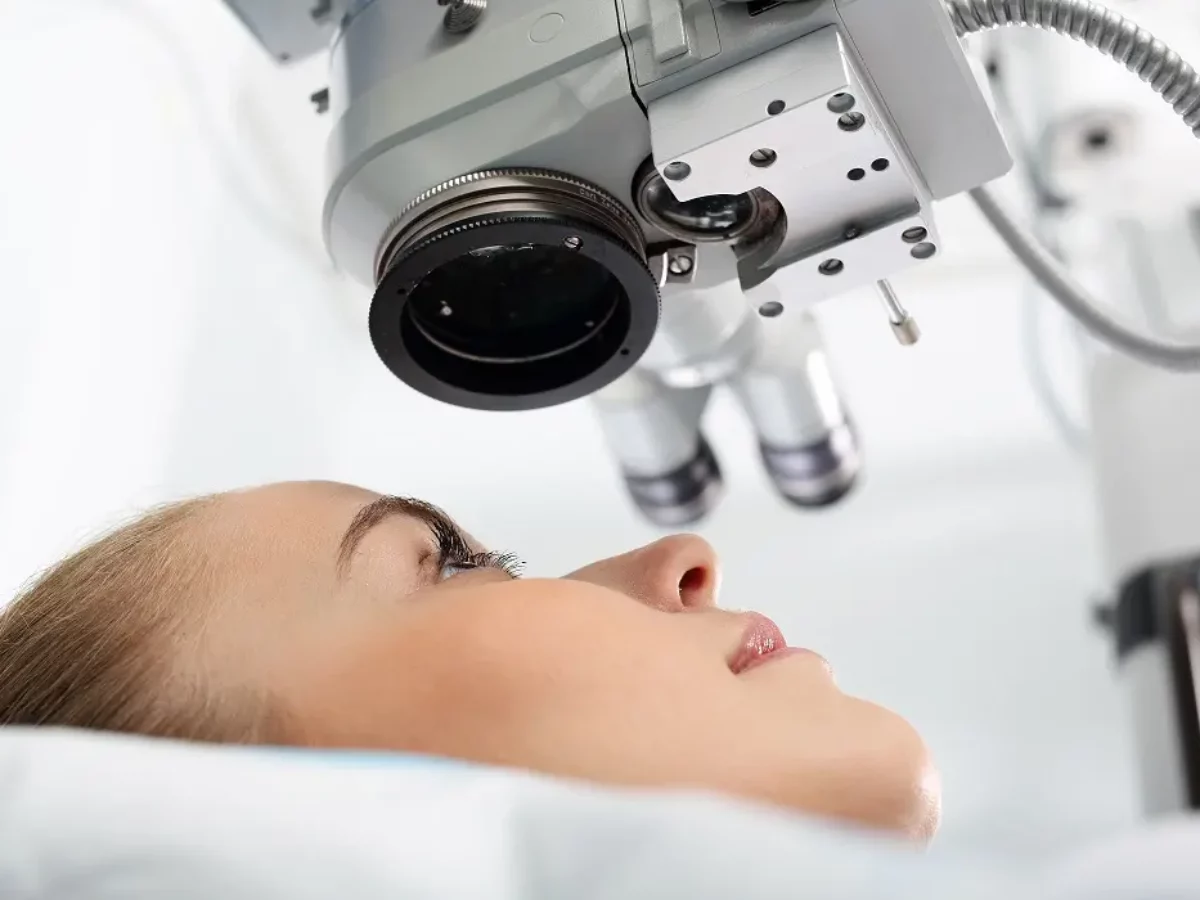All Categories
Featured
Reduced vision, a problem where typical glasses, call lenses, or surgical treatment can not completely recover view, can make daily tasks testing. Thankfully, reduced vision rehab provides a variety of sources to help individuals preserve their freedom and quality of life. This short article discovers the alternatives offered for those seeking support in managing their aesthetic impairments.
What Is Reduced Vision Rehabilitation?
Low vision recovery is a structured strategy to aid people optimize their staying vision and adjust to brand-new methods of doing everyday jobs. Specialists function with individuals to establish individualized approaches, incorporating tools, methods, and training programs that suit their special requirements.
![]()
Key Options for Low Vision Recovery
Vision Enhancing Tools
Optical Aids: Tools like magnifiers, telescopic glasses, and unique reading lenses can enhance clearness for reading, composing, and other close-up tasks.
Electronic Visual Help: Devices such as electronic magnifiers and mobile video magnifiers give flexible zoom abilities for various jobs.
Wearable Innovation: Smart glasses geared up with cameras and voice feedback deal advanced solutions for boosting vision.
![]()
Assistive Technology
Display visitors, text-to-speech applications, and gadgets with voice commands make technology available for individuals with reduced vision.
Smart device applications, such as navigation aids and object acknowledgment tools, aid customers connect with their surroundings better.
Training and Therapy
Alignment and Flexibility Training: Experts teach skills for browsing rooms securely, consisting of using white walking sticks or guide dogs.
Daily Living Abilities Educating: Rehabilitation programs supply methods for cooking, cleaning, and personal care, making certain that people can do necessary tasks separately.
Visual Skills Educating: Workouts made to enhance using staying field of vision can enhance aesthetic capability.
Ecological Adjustments
Changes to living or work areas can dramatically boost availability. Examples include:
Mounting brighter illumination.
Including high-contrast markings to devices.
Preparing furnishings to produce clear pathways.
Assistance Networks
Emotional and mental assistance is a crucial element of recovery. Support system, treatment sessions, and counseling services can aid people handle the obstacles of vision loss.
![]()
Peer networks attach individuals with similar experiences, cultivating a feeling of community and shared learning.
Exactly How to Access Low Vision Rehab Services
Low vision rehabilitation solutions are commonly given by:
Reduced Vision Clinics: Operated by eye doctors and eye doctors concentrating on vision disabilities.
Physical Therapists: Professionals in adjusting jobs and environments to match individual requirements.
Nonprofit Organizations: Teams such as the American Structure for the Blind (AFB) or neighborhood loss of sight assistance companies use important resources and referrals.
Conclusion
Living with low vision can really feel frustrating, yet with the right assistance and tools, people can proceed to lead satisfying lives. Low vision recovery offers a range of resources tailored to improve performance, increase confidence, and enhance high quality of life. Think about getting to out to a specialist or rehab center to discover the several options available if you or an enjoyed one is encountering the difficulties of reduced vision. With each other, these services ensure that vision loss does not define or limit one's capacity.
What Is Reduced Vision Rehabilitation?
Low vision recovery is a structured strategy to aid people optimize their staying vision and adjust to brand-new methods of doing everyday jobs. Specialists function with individuals to establish individualized approaches, incorporating tools, methods, and training programs that suit their special requirements.

Key Options for Low Vision Recovery
Vision Enhancing Tools
Optical Aids: Tools like magnifiers, telescopic glasses, and unique reading lenses can enhance clearness for reading, composing, and other close-up tasks.
Electronic Visual Help: Devices such as electronic magnifiers and mobile video magnifiers give flexible zoom abilities for various jobs.
Wearable Innovation: Smart glasses geared up with cameras and voice feedback deal advanced solutions for boosting vision.

Assistive Technology
Display visitors, text-to-speech applications, and gadgets with voice commands make technology available for individuals with reduced vision.
Smart device applications, such as navigation aids and object acknowledgment tools, aid customers connect with their surroundings better.
Training and Therapy
Alignment and Flexibility Training: Experts teach skills for browsing rooms securely, consisting of using white walking sticks or guide dogs.
Daily Living Abilities Educating: Rehabilitation programs supply methods for cooking, cleaning, and personal care, making certain that people can do necessary tasks separately.
Visual Skills Educating: Workouts made to enhance using staying field of vision can enhance aesthetic capability.
Ecological Adjustments
Changes to living or work areas can dramatically boost availability. Examples include:
Mounting brighter illumination.
Including high-contrast markings to devices.
Preparing furnishings to produce clear pathways.
Assistance Networks
Emotional and mental assistance is a crucial element of recovery. Support system, treatment sessions, and counseling services can aid people handle the obstacles of vision loss.

Peer networks attach individuals with similar experiences, cultivating a feeling of community and shared learning.
Exactly How to Access Low Vision Rehab Services
Low vision rehabilitation solutions are commonly given by:
Reduced Vision Clinics: Operated by eye doctors and eye doctors concentrating on vision disabilities.
Physical Therapists: Professionals in adjusting jobs and environments to match individual requirements.
Nonprofit Organizations: Teams such as the American Structure for the Blind (AFB) or neighborhood loss of sight assistance companies use important resources and referrals.
Conclusion
Living with low vision can really feel frustrating, yet with the right assistance and tools, people can proceed to lead satisfying lives. Low vision recovery offers a range of resources tailored to improve performance, increase confidence, and enhance high quality of life. Think about getting to out to a specialist or rehab center to discover the several options available if you or an enjoyed one is encountering the difficulties of reduced vision. With each other, these services ensure that vision loss does not define or limit one's capacity.
Latest Posts
Check Out the Top Auto Repair Offers in Montclare, Chicago
Published en
1 min read
Uncover Leading Vehicle Maintenance Services offered by Montclare Auto Repair – Expert Care for Your Vehicle
Published en
1 min read
Professional Residential Roofing Solutions You Can Depend On
Published en
1 min read
More
Latest Posts
Check Out the Top Auto Repair Offers in Montclare, Chicago
Published May 26, 25
1 min read
Uncover Leading Vehicle Maintenance Services offered by Montclare Auto Repair – Expert Care for Your Vehicle
Published May 25, 25
1 min read
Professional Residential Roofing Solutions You Can Depend On
Published May 24, 25
1 min read